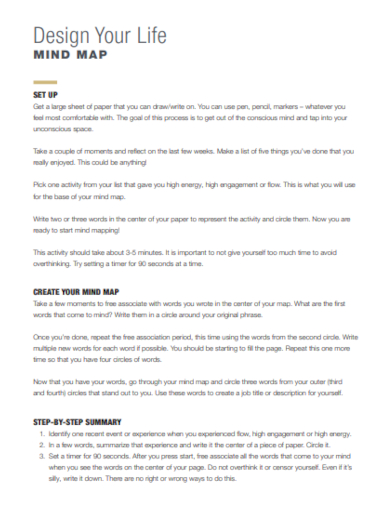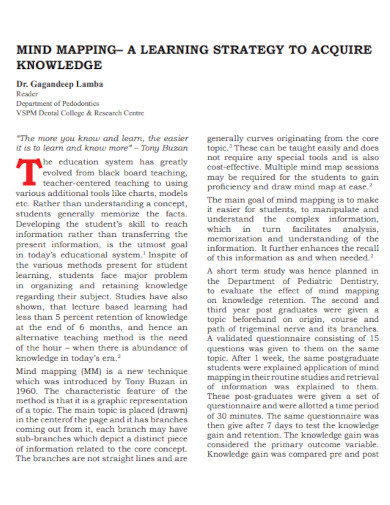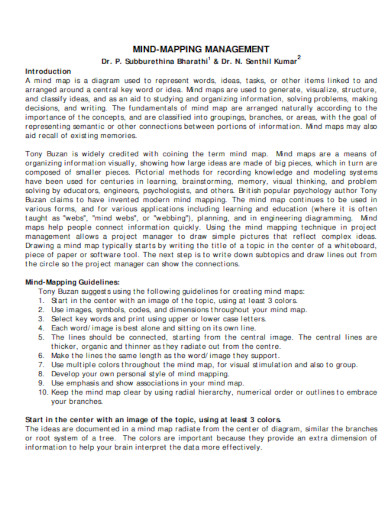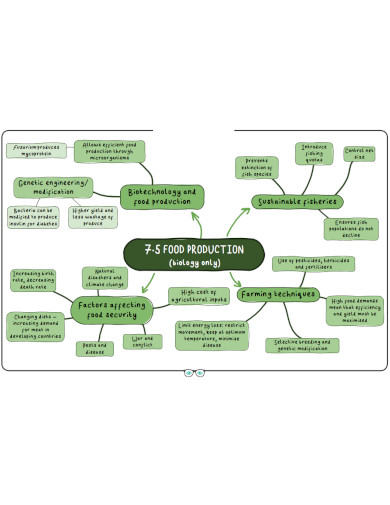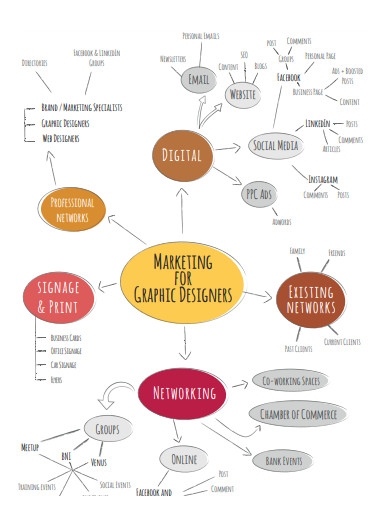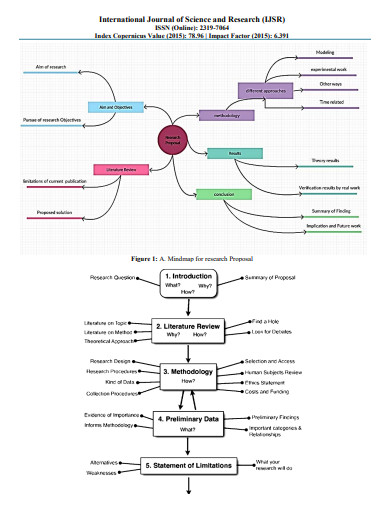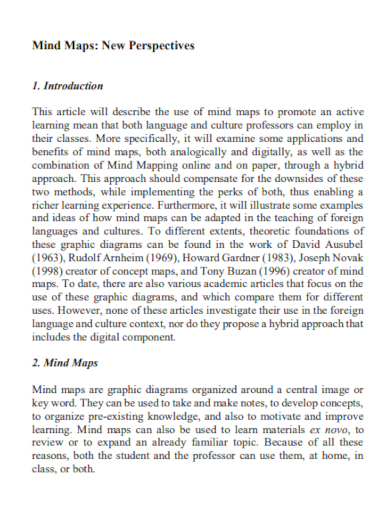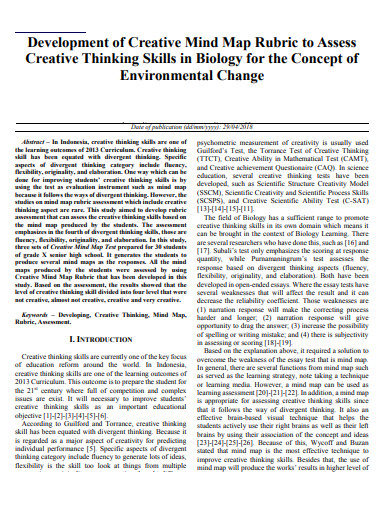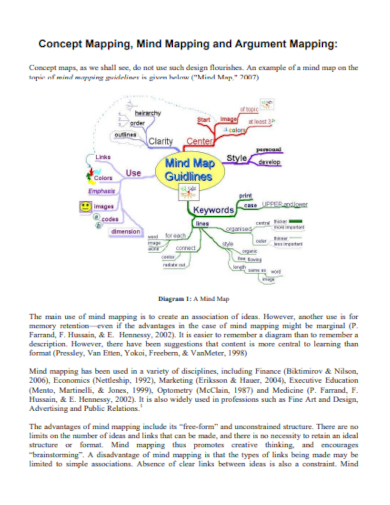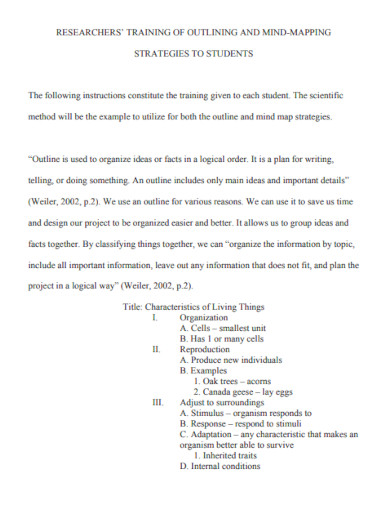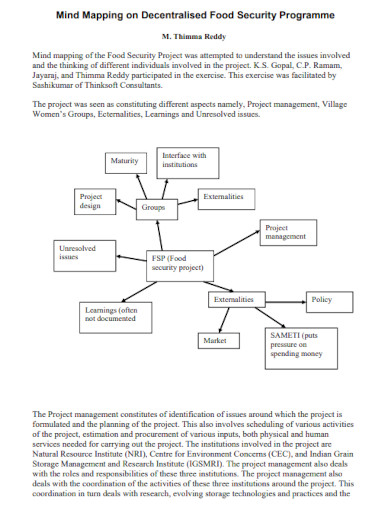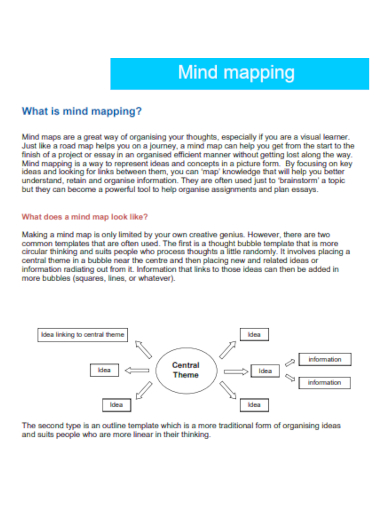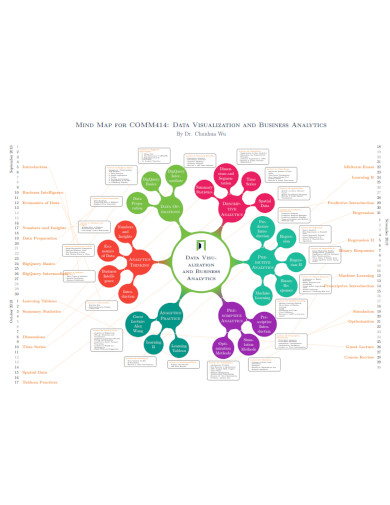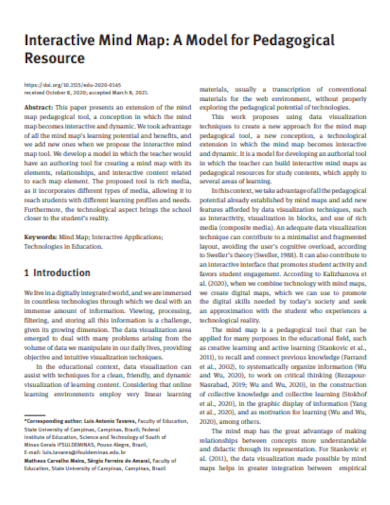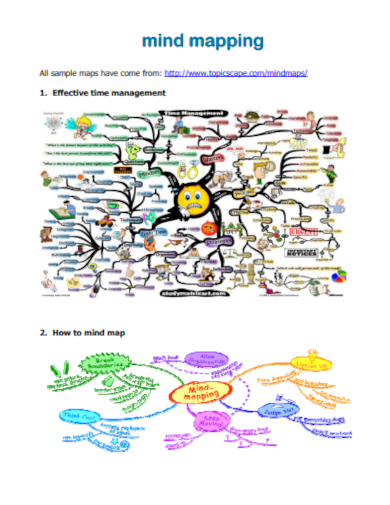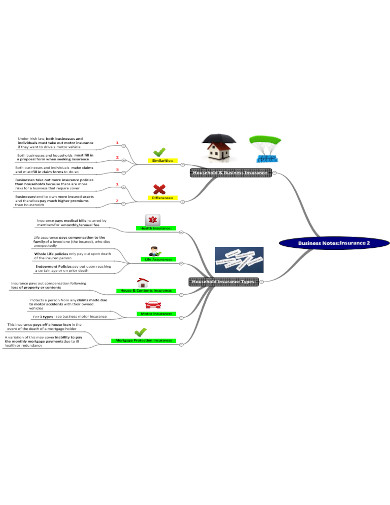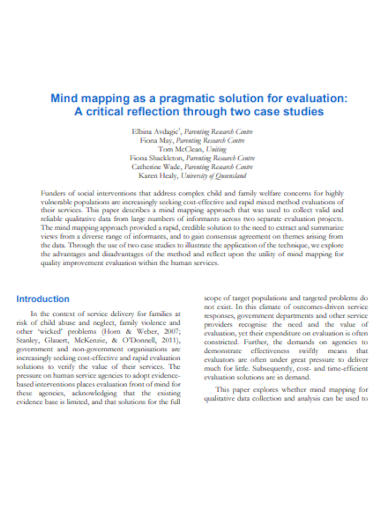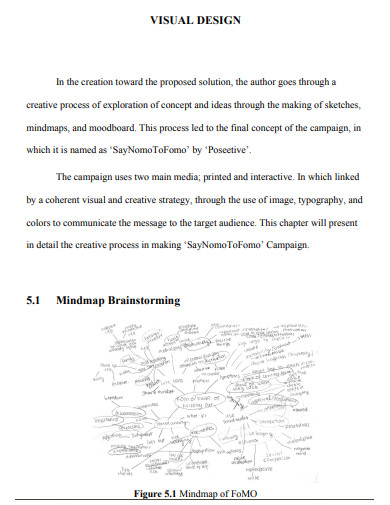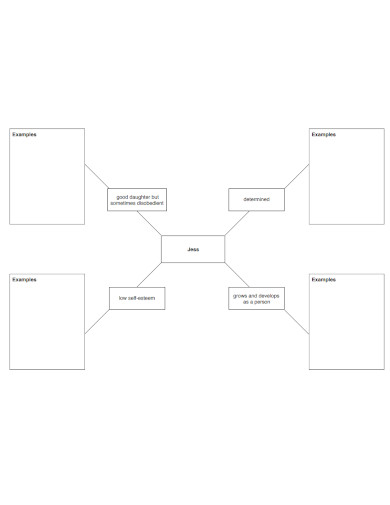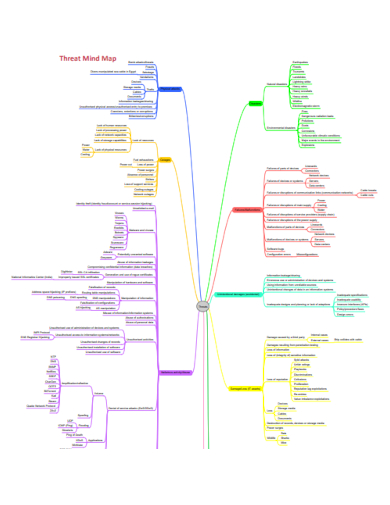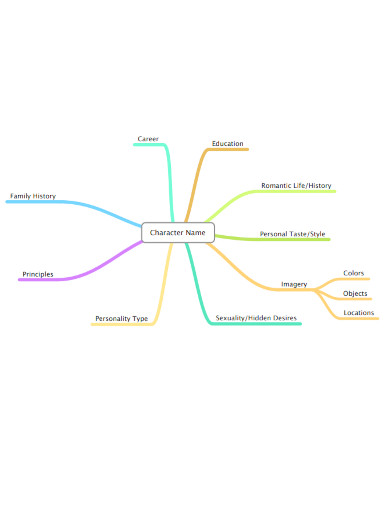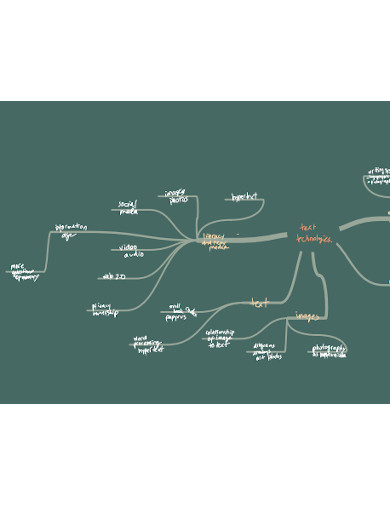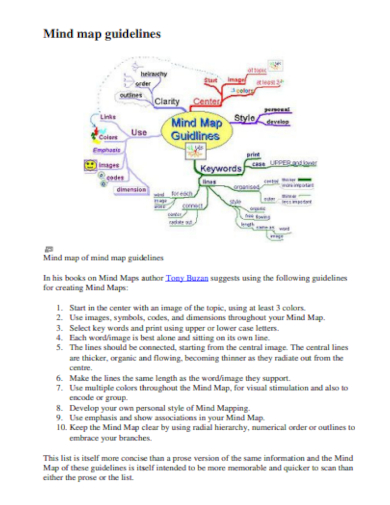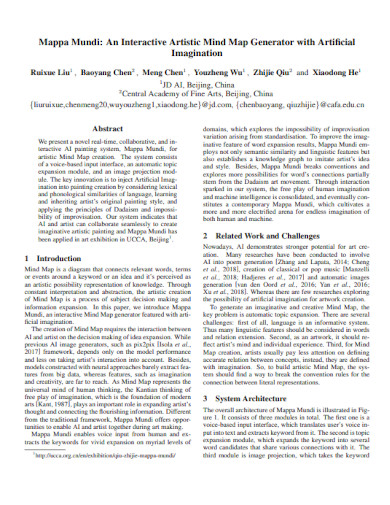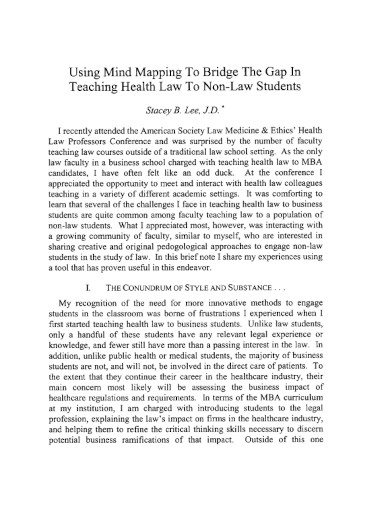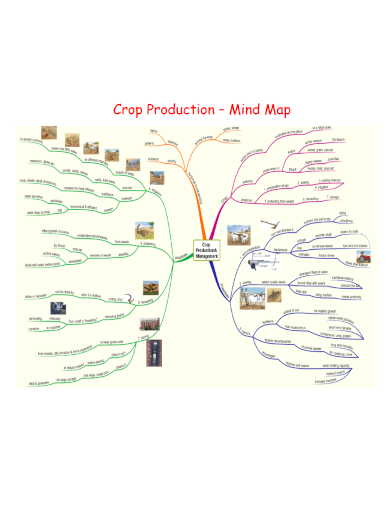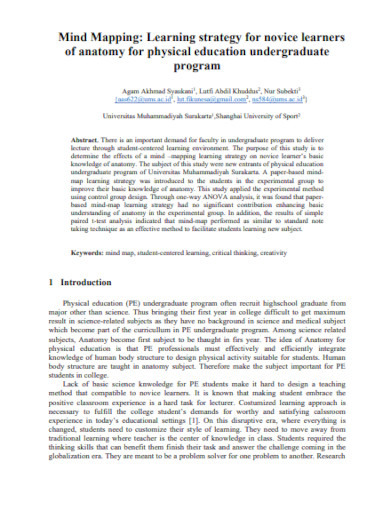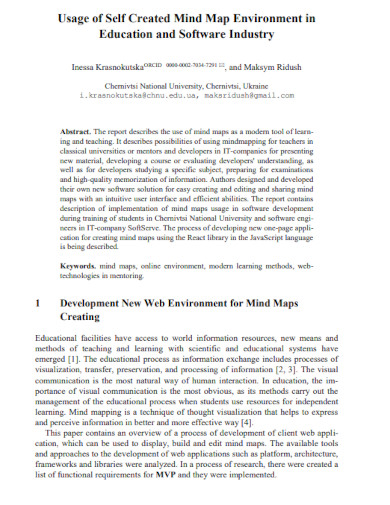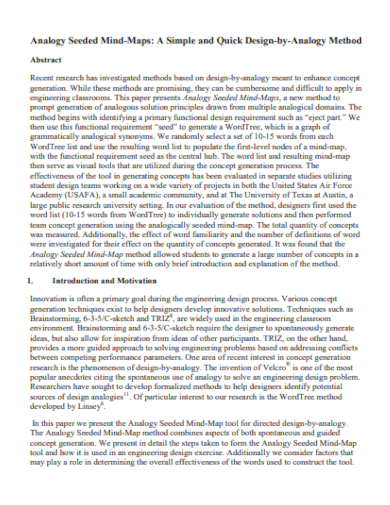A quality mind map samples usually starts with a central idea or topic, represented as a central image or word. Related ideas are then connected to the central idea using branches, lines, and colors to create a visual hierarchy chart of information. Subtopics are connected to the main branches and can be further subdivided into additional subtopics as necessary. This hierarchical structure of information makes it easy to understand the relationships between different ideas and sample concept proposal.
50+ Mind Map Samples
1. Free Short Story Mind Map Template
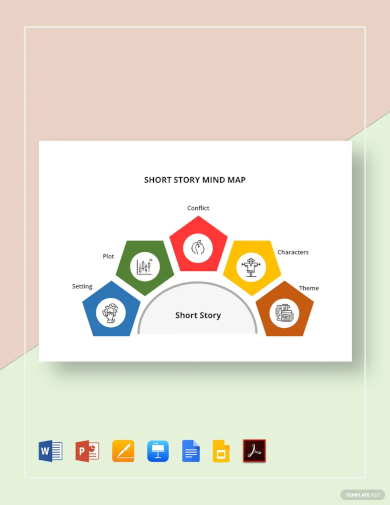
2. Web Application Security Mind Map Template
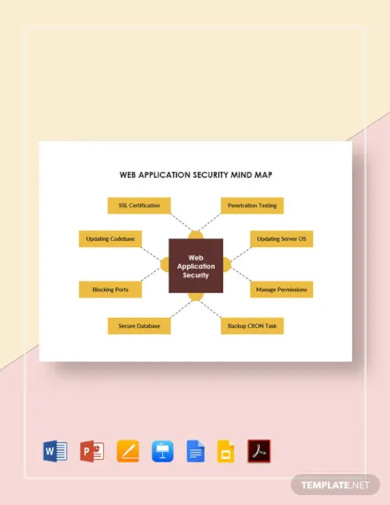
3. Software Application Mind Map Template
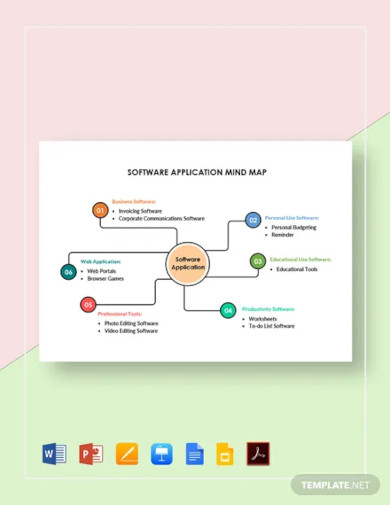
4. Art Education Mind Map Template

5. Elements of Art Mind Map Template
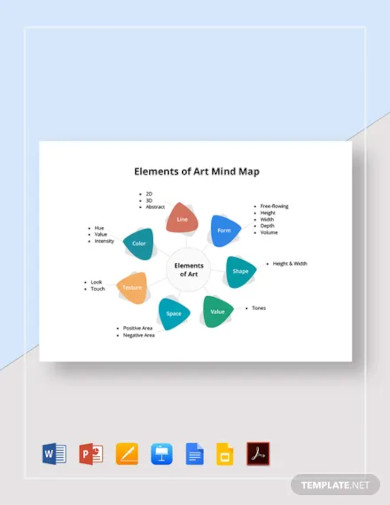
6. Small Business Mind Map Template
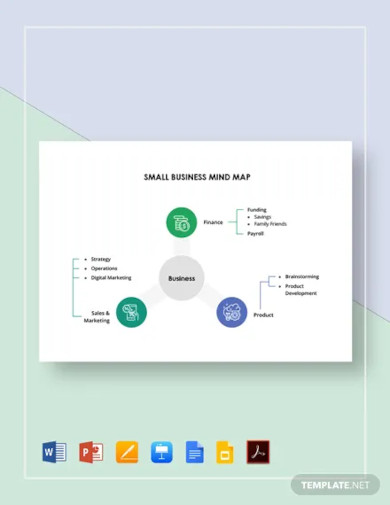
7. Strategy Business Mind Map Template
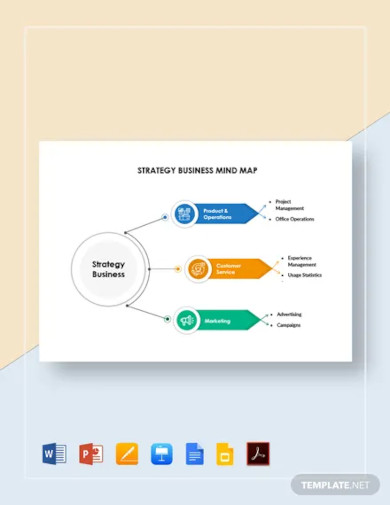
8. Free Simple Character Mind Map Template
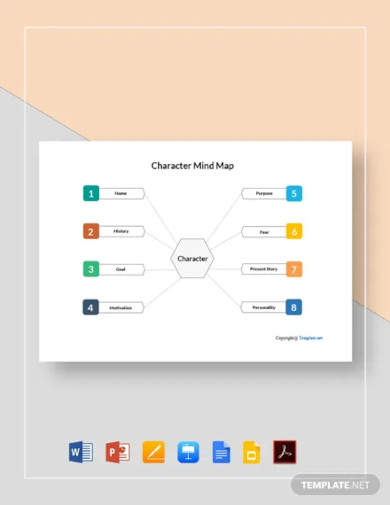
9. Service Design Mind Map
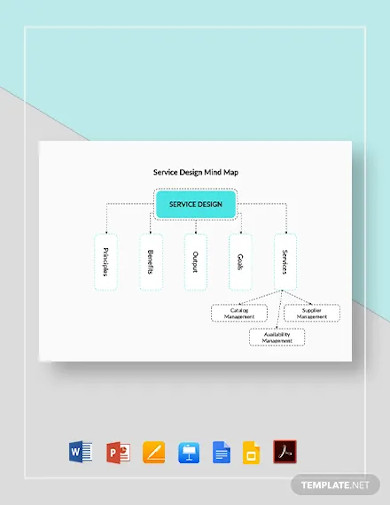
10. Skill Development Mind Map
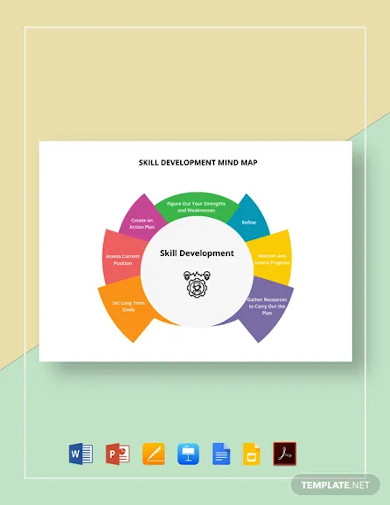
11. Primary Education Mind Map Template

12. Special Education Mind Map Template
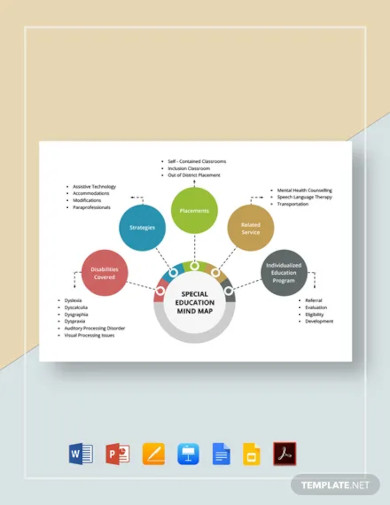
13. Application Testing Mind Map Template
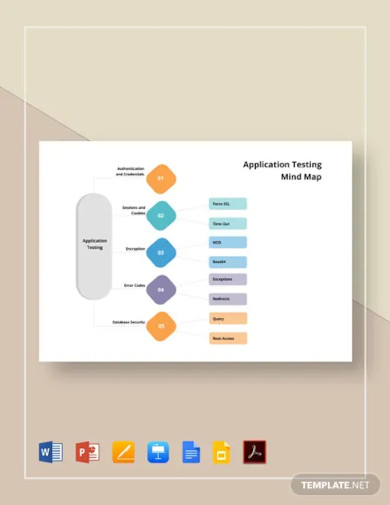
14. Sample Food Mind Map Template
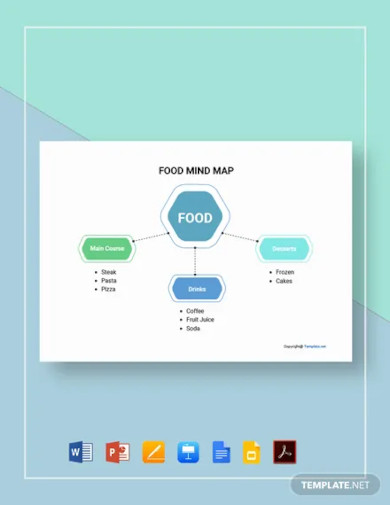
15. Time Management Strategy Mind Map Template
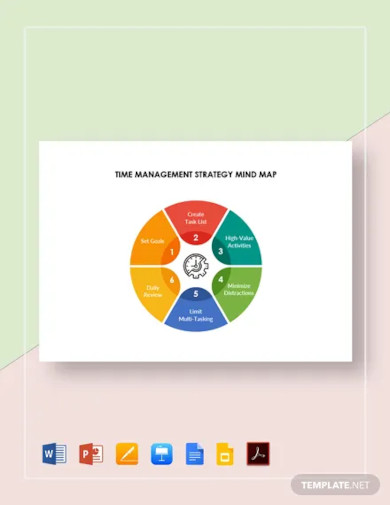
16. Design Mind Map Summary
17. Standard Strategy Mind Map
18. Mind Mapping for Management
19. Food Production Mind Map
20. Mind Mapping in Technical Education
21. Graphic Design Mind Map
22. Research Design Mind Map
23. New Perspective Mind Map
24. Development Mind Map Example
25. Restructuring Business Mind Map
26. Concept Mind Mapping
27. Student Strategy Mind Map
28. Food Security Programs Mind Map
29. Mind Map Central Theme
30. App Development Mind Map
31. Business Analytics Mind Map
32. Interactive Mind Map
33. Learning Strategy Mind Map
34. Order Management Mind Map
35. Mind Map Diagram
36. Mind Mapping for Instructional Design
37. Business Mind Map Sample
38. Mind Mapping Evaluation
39. Visual Design Mind Map
40. Character Mind Map Sample
41. Threat Mind Map
42. Printable Character Mind Map
43. Photography Course Mind Map
44. Mind Map Guidelines
45. Artistic Mind Map Sample
46. Mind Mapping to Teaching Health
47. Crop Production Mind Map
48. Strategy Mind Map in PDF
49. Mind Map Environment in Education
50. Analogy Seeded Mind Map
51. Automatic Mind Map Generation
What is Mind Map?
A mind map is a graphical representation of ideas, concepts, and information. It is a visual tool used to organize and represent information in a way that makes it easier to understand, remember, and recall. A mind map usually begins with a central idea or topic, which is then expanded upon by connecting related ideas and concepts using lines, arrows, and branches. The branches can be subdivided into further sub-topics and related ideas, creating a hierarchical and interconnected structure of information. Mind maps are often used for brainstorming, problem-solving, planning report, note sheet taking, and studying. They are a popular tool for students, educators, business professionals, and anyone who needs to organize and process information efficiently.
How To Make Mind Map?
A mind map usually starts with a central idea or topic, represented as a central image or word. Related ideas are then connected to the central idea using branches, lines, and colors to create a visual hierarchy of information. Subtopics are connected to the main branches and can be further subdivided into additional subtopics as necessary. This hierarchical structure of information makes it easy to understand the relationships between different ideas and concepts. Creating a mind map is a simple and intuitive process that anyone can learn. Here are the basic steps for creating a mind map:
Step 1- Start with the Central Idea
Write down your main idea or topic in the center of a blank piece of paper. This will serve as the central node of your mind map. From the central node, draw lines outwards to represent the main branches of your mind map. Label each branch with a keyword or phrase that summarizes the main idea or concept.
Step 2- Add Branches
From each main branch, draw sub-branches to represent more specific ideas or concepts related to the main branch. Label each sub-branch with a keyword or phrase that summarizes the sub-topic. Use images, symbols, and colors to represent different ideas or concepts in your mind map. This can help to make your mind map more visually appealing and easier to remember.
Step 3- Use Links
If there are connections between different branches or sub-branches, draw lines to connect them together. This can help to highlight relationships between different ideas and concepts.
Step 4- Review and Refine
Once you have completed your mind map, review it to ensure that it is clear, organized, and easy to understand. Refine it as necessary to ensure that it accurately represents your ideas and concepts.
What are some common applications of mind maps?
Mind maps can be used for a wide range of application samples, including brainstorming, problem-solving, note-taking, studying, project planning, and communication.
What is the difference between a mind map and a concept map?
While mind maps and concept maps are similar, there are some key differences. Mind maps are more free-form and allow for more creativity, while concept maps are more structured and focus on relationships between ideas.
Can I use mind maps for group work?
Yes, mind maps can be an effective tool for collaborative work. When working in a group, each member can contribute their ideas to the mind map, and the visual representation of the ideas can help the group to reach a consensus or identify areas of disagreement.
In conclusion, a mind map is an effective tool for organizing, analyzing, and synthesizing information. It can help users to see the big picture while still focusing on the details, make it easier to remember information, and facilitate collaboration in a group setting. Whether you are a student, educator, business professional, or anyone who needs to organize information effectively, a mind map can be a powerful tool in your arsenal.
Related Posts
Exemption Letter
News Report
Employee Uniform Form
Self-Declaration Form
To Whom It May Concern Letter
10 FREE Notice To Quit Letter Samples & Templates
Security Company Profile
Written Warning
Event Program
OMR Sheet
Building Inspection Report
Employment Certificate
Teacher Lesson Plan
Deed of Assignment
Contract Termination Letter

